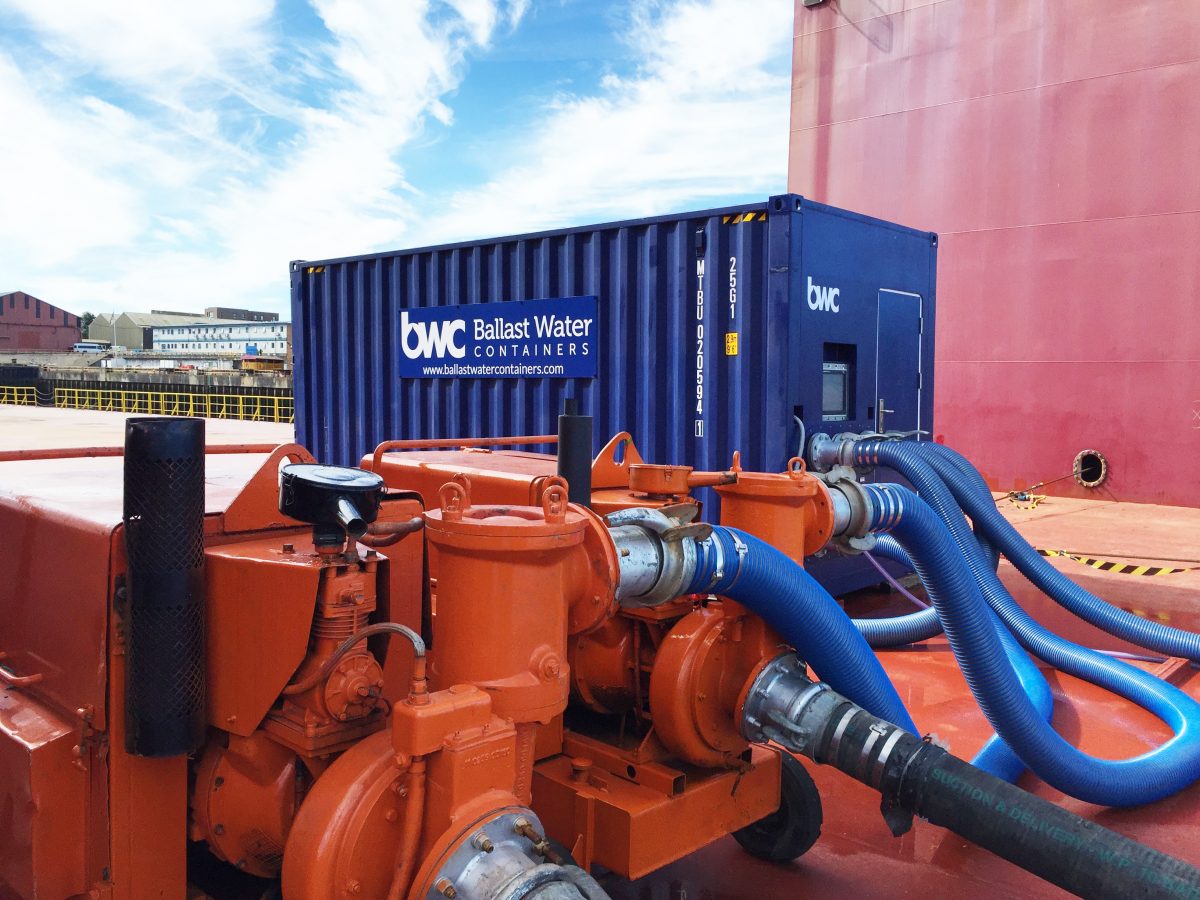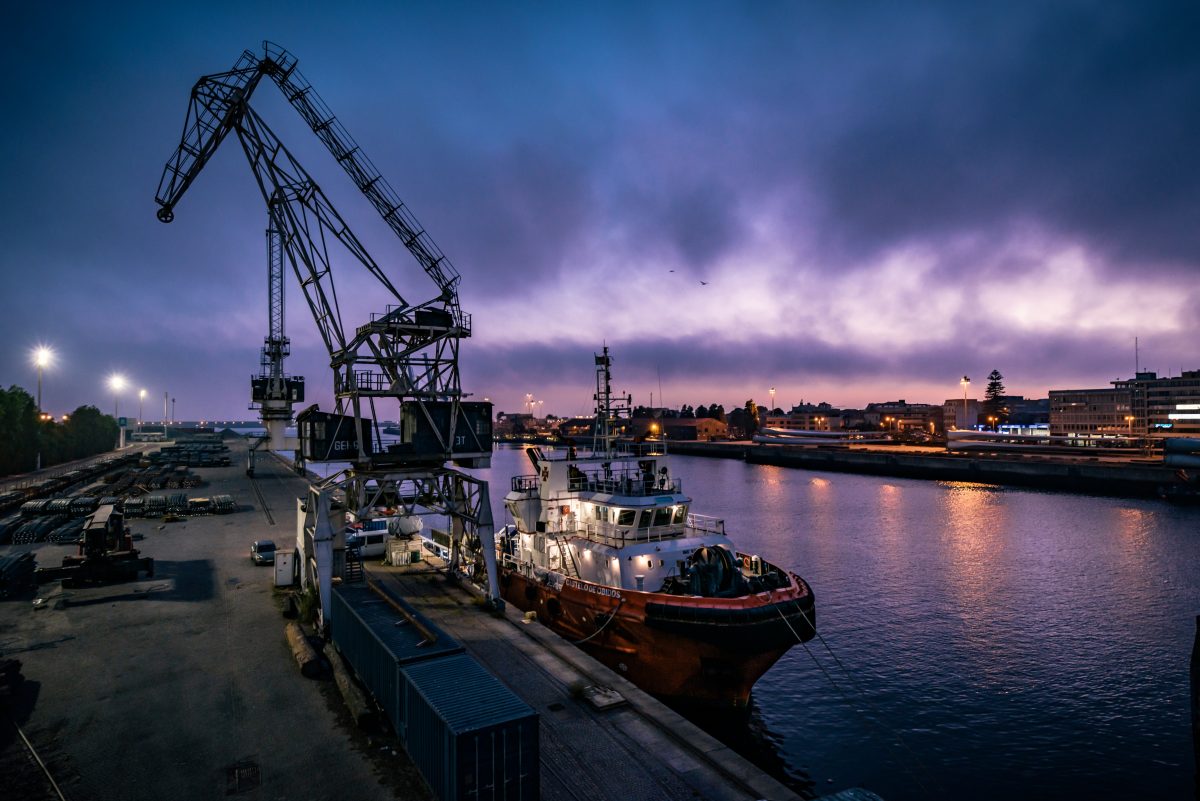- Top Tip Series: How to mitigate the risks when addressing BWM compliance
In BWC’s first tip we mentioned that in a typical BWTS project, the scope of the project is wide and there are often multiple parties involved. Because of this, without suitable levels of project management, there is a real risk of the project becoming fragmented, disorganised and therefore over-schedule and over budget.
At the very outset of the project, the best course of action is for a vessel owner/manager to seek consultation from an impartial firm and determine – through a feasibility study – the most suitable BWTS technology and installation type in relation to a number of driving factors, namely: their operations, vessel requirements and constraints, required timescale and budget; and any other client specifications.
Beyond system selection, the study will investigate and determine the extent of engineering design work required for the installation. This encompasses aspects such as structural designs, general arrangement, pipe design, electrical connection, integration with auxiliary systems and not least of all, approval from the classification society. Lastly, in terms of fabrication, this activity is often sub-contracted to a firm local to the yard where installation is intended.
If successful co-operation between all of these parties takes place, the final installation stage is when this should pay off. All components must arrive on time (including, but not limited to, the BWTS); all fabrications must be complete and delivered; and concurrent planning of installation and class-approval processes must be adopted to minimise duration.
In a traditional installation project, testing and commissioning processes relating to the BWTS (but, again, not limited to) are generally only done once the equipment has been installed – this, again, poses a risk. If there are aspects of the installation which are not compliant to manufacturer installation specifications or class requirements, then re-work processes may be required – costing time and money.
One way of avoiding this risk is to opt for an off-site built ballast water treatment deckhouse or container. In this scenario, all engineering, fabrication, and approvals are completed in a controlled environment and system installation takes place off-site allowing for pre-testing of all systems prior to arrival at the vessel. This approach can reduce vessel downtime for an installation project so definitely an option to consider, if the vessel owner has the flexibility to accommodate a deckhouse or a container on board.


